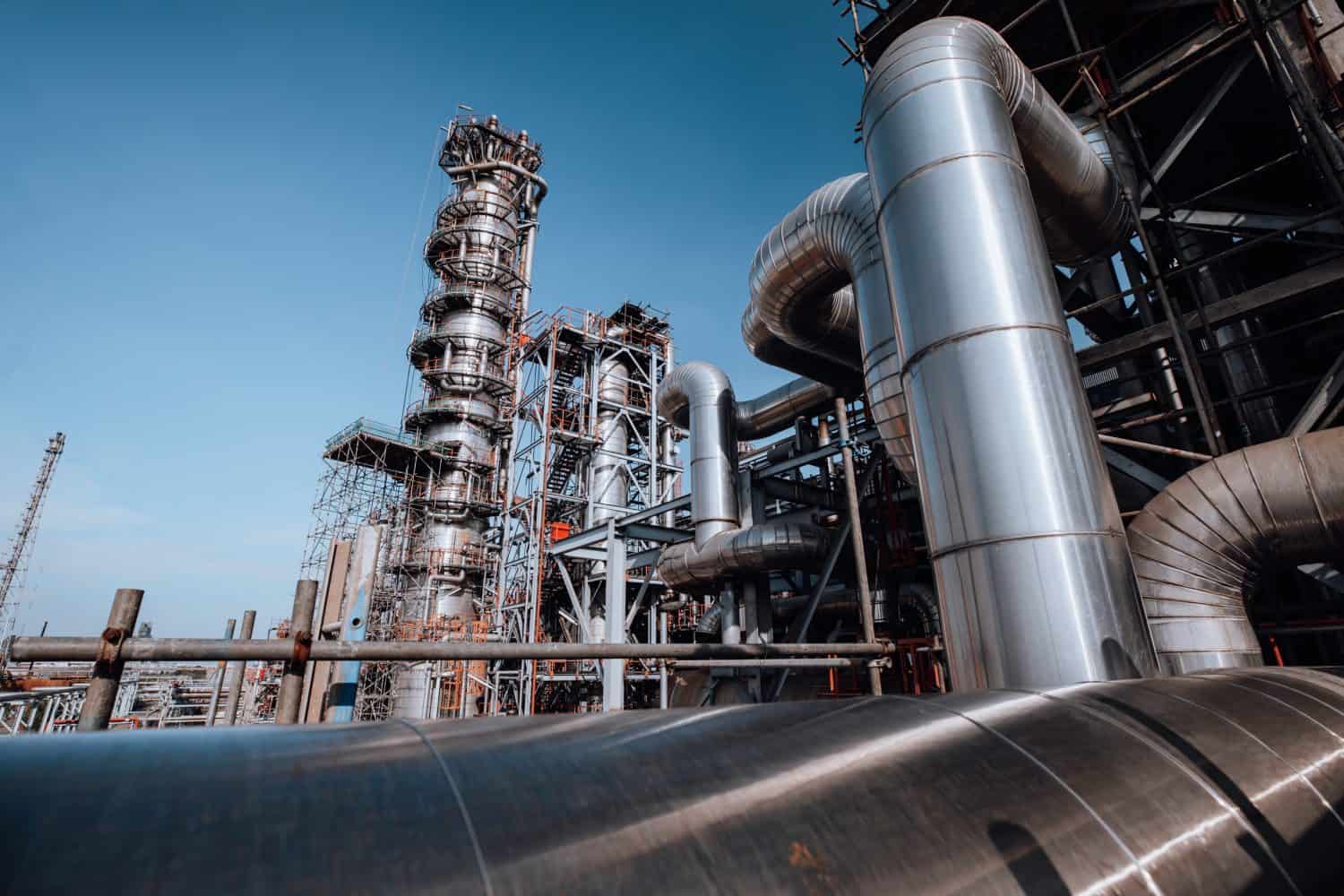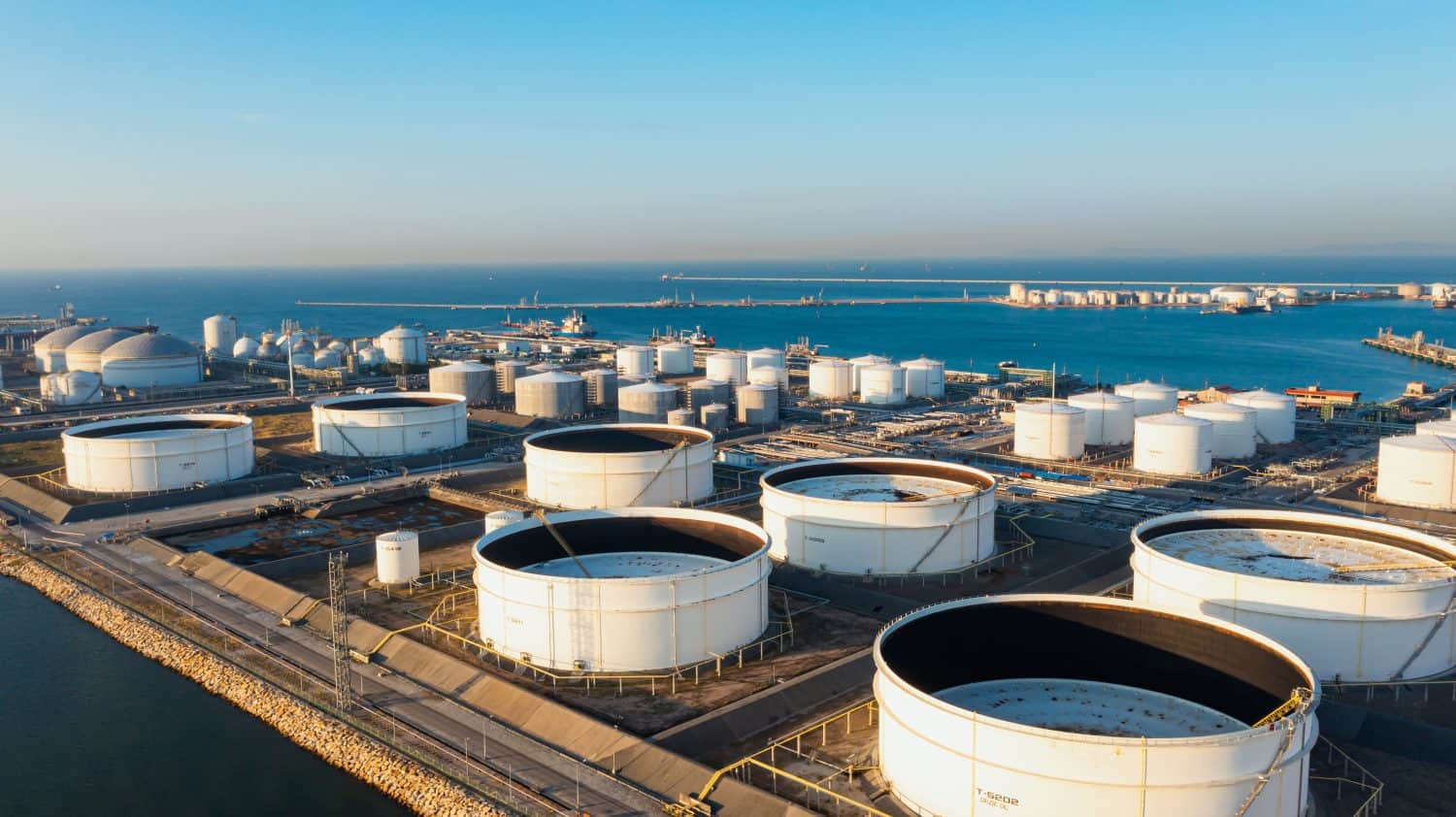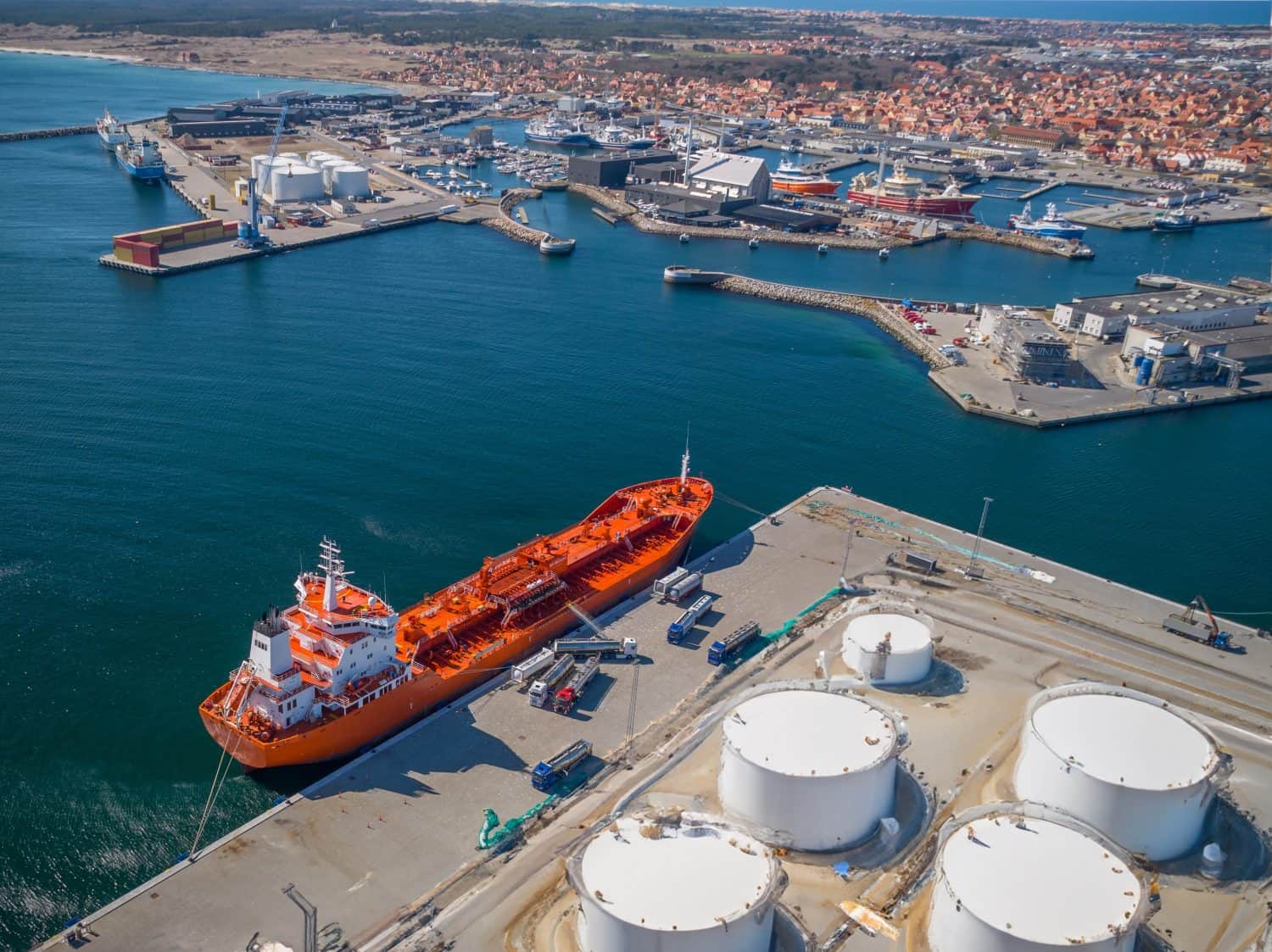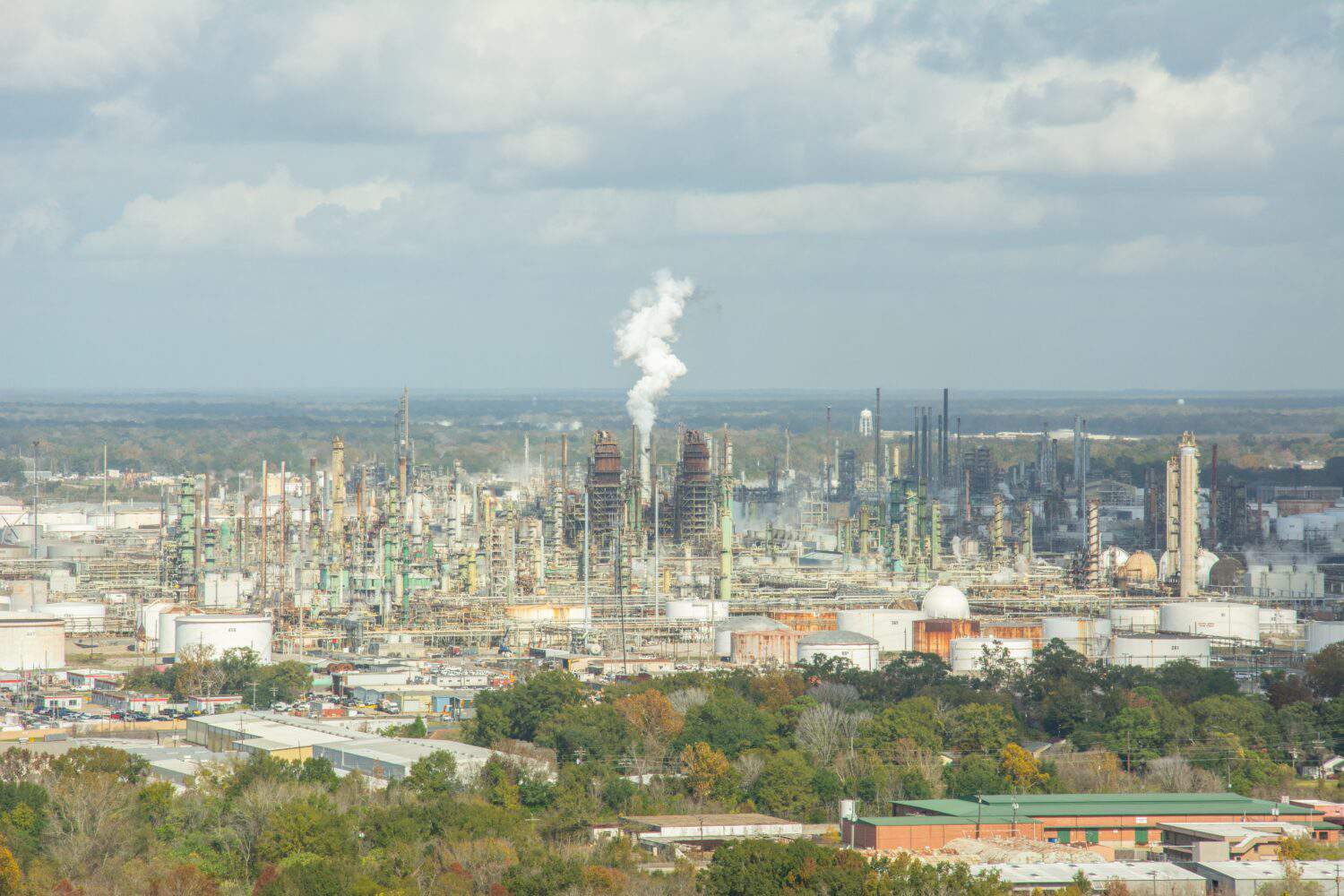
Key Points:
- U.S. set a record for oil production in December, the highest ever by any country.
- Shale production continues to debunk “peak oil” predictions.
- Geopolitical tensions in the Middle East could increase oil prices.
- Also: Investors are scooping up shares of these 2 Dividend Legends
If you’re trading oil futures, it’s important to consider that the U.S. produced more oil in December than any country ever has in a single month, largely due to the ongoing productivity of shale oil. Despite concerns about weak demand from China, the idea of peak oil has faded. While oil prices have dropped from $90 earlier this year to around $67-$68, they could rise again, especially if geopolitical tensions in the Middle East escalate. Major oil companies can still profit at current prices, though their margins are slimmer compared to when oil was at $90 or higher.
Record U.S. Oil Production

- The United States set a record in December by producing more oil than any country in any single month in history, thanks largely to the shale industry.
The Resilience of Shale Oil

- Shale oil continues to be a robust contributor to U.S. oil production, debunking earlier concerns about “peak oil” predictions.
Impact of the Chinese Economy on Oil Demand

- There is ongoing concern about the weak Chinese economy and its effect on global oil demand, which influences oil prices.
The Decline of Peak Oil Theories

- The idea that the world would hit “peak oil” within this decade has been proven wrong, with demand for oil and oil-based products continuing to grow.
Potential for Higher Oil Prices

- Oil prices could rise significantly, especially if geopolitical tensions in the Middle East escalate further.
Oil Price Volatility and Geopolitical Influence

- Historical context shows how geopolitical events, such as the situation in Ukraine, can cause temporary spikes in oil prices, though these spikes do not always last.
The Economics of Oil Production

- Major oil companies continue to profit at lower oil prices, with production costs around $40 to $45 per barrel. However, they see much larger profits when prices rise to $90 or $100.
It’s Your Money, Your Future—Own It (sponsor)
Retirement can be daunting, but it doesn’t need to be.
Imagine having an expert in your corner to help you with your financial goals. Someone to help you determine if you’re ahead, behind, or right on track. With SmartAsset, that’s not just a dream—it’s reality. This free tool connects you with pre-screened financial advisors who work in your best interests. It’s quick, it’s easy, so take the leap today and start planning smarter!
Don’t waste another minute; get started right here and help your retirement dreams become a retirement reality.
Thank you for reading! Have some feedback for us?
Contact the 24/7 Wall St. editorial team.





